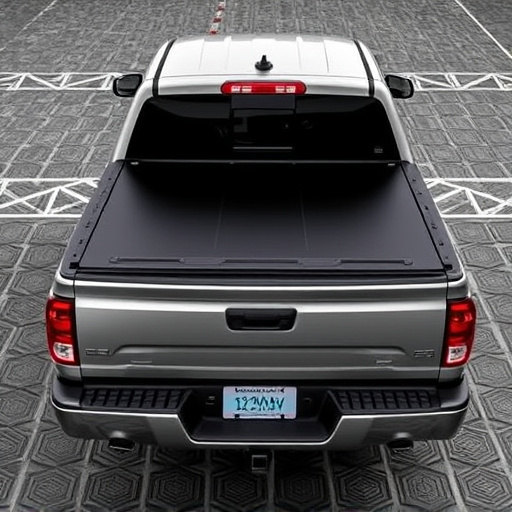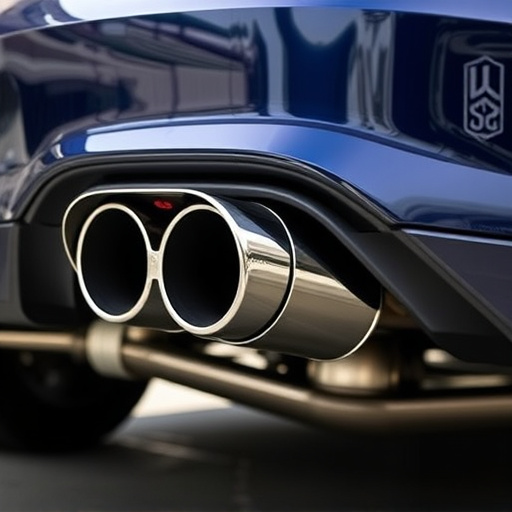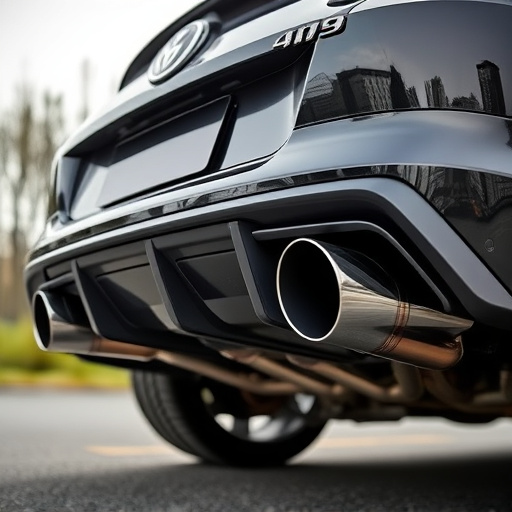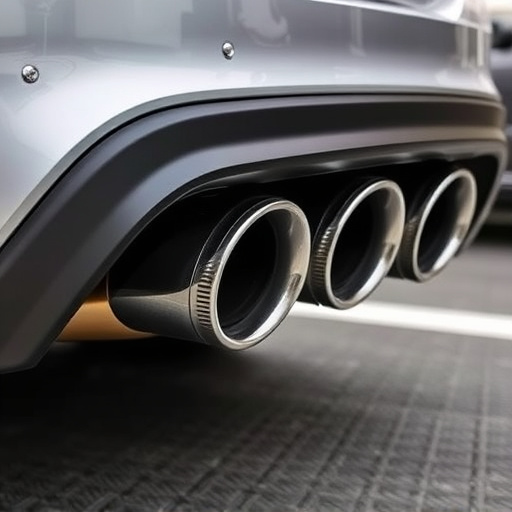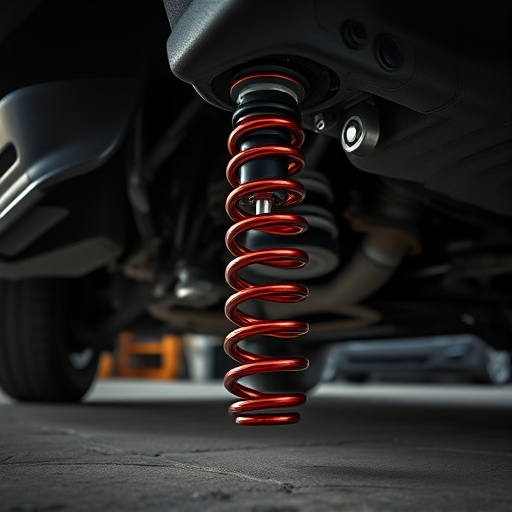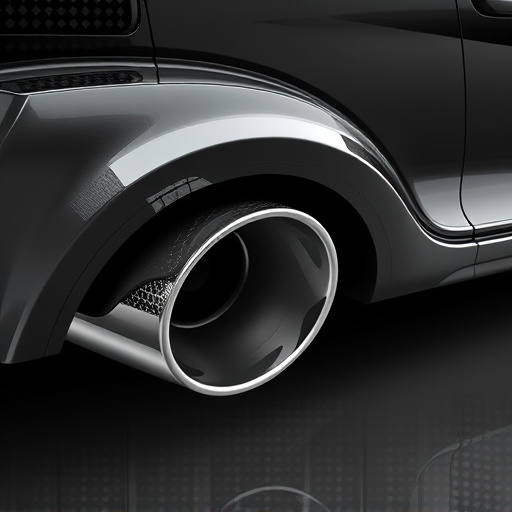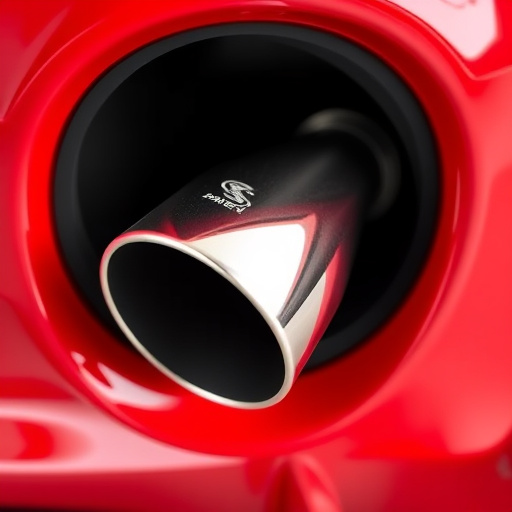A turbo heat shield protects a vehicle's engine bay from heat generated by the turbocharger, preserving sensitive parts. For DIY installation, use durable materials like aluminum or stainless steel, securing it around the turbo with brackets or clamps to create a sealed compartment. Selecting high-quality materials and designing for optimal coverage enhances performance and reliability while preventing component damage. Installation requires tools, safety gear, degreaser, precise alignment, and secure fastening, especially when integrating with high-performance coilover kits.
Upgrade your vehicle’s performance with a DIY turbo heat shield installation! This comprehensive guide breaks down the essentials, from understanding the purpose of a turbo heat shield to selecting robust materials. Learn how to navigate the process step-by-step, ensuring optimal engine cooling and efficiency. Discover the benefits of this modification for enhanced turbocharger reliability and overall engine health. Get ready to boost your vehicle’s capabilities with expert tips on choosing and installing the perfect turbo heat shield.
- Understanding Turbo Heat Shield Basics
- Choosing the Right Materials for Installation
- Step-by-Step Guide to DIY Installation
Understanding Turbo Heat Shield Basics
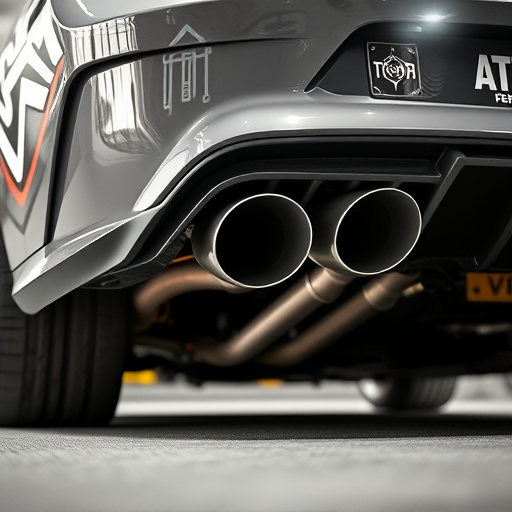
A turbo heat shield is a crucial component designed to protect your vehicle’s engine bay from intense heat generated by the turbocharger. It acts as a barrier, shielding sensitive brake components and other parts nearby from excessive temperatures. By managing heat distribution, it prevents potential damage to the cooling system, brake rotors, and even performance air filters, ensuring optimal engine performance.
Understanding the basic function of a turbo heat shield is essential for DIY enthusiasts looking to install one. The shield is typically made of durable materials like aluminum or stainless steel, offering excellent thermal resistance. Proper installation involves securing it around the turbocharger with brackets or clamps, creating a sealed compartment that contains heat within the engine bay, away from vulnerable areas. This simple yet effective modification can significantly enhance your vehicle’s overall reliability and performance.
Choosing the Right Materials for Installation
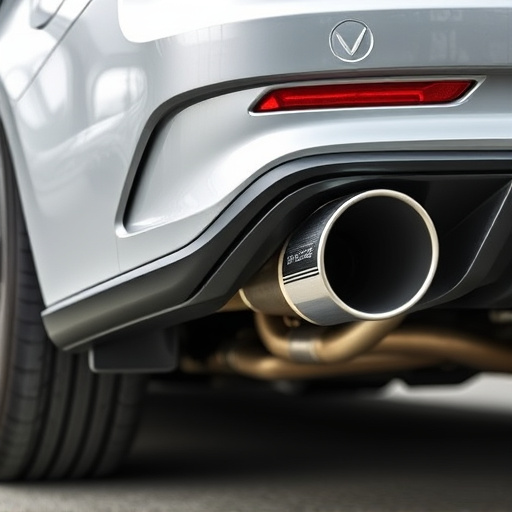
When it comes to DIY turbo heat shield installation, selecting the right materials is paramount to ensure both effectiveness and longevity. The primary goal of a heat shield is to redirect heat away from vulnerable components, such as suspension parts, muffler tips, and other areas prone to overheating. Opt for high-quality materials that can withstand extreme temperatures and offer excellent thermal resistance. Stainless steel and aluminum are popular choices due to their durability and ability to reflect heat efficiently.
Remember, the material’s thickness is crucial; a thicker shield provides better protection against intense heat generated by the turbocharger. Additionally, consider the shape and design of your specific setup. Customized heat shields tailored to fit around turbos and exhaust systems offer superior coverage, ensuring optimal vehicle performance without compromising on style or functionality of suspension components.
Step-by-Step Guide to DIY Installation
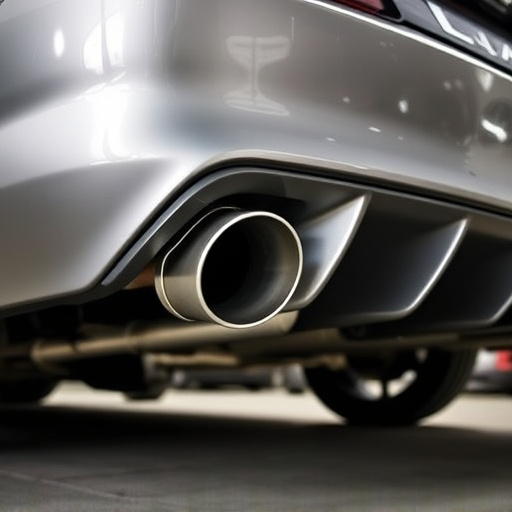
Installing a DIY turbo heat shield is a great way to enhance your vehicle’s performance and protect its critical components. Here’s a step-by-step guide to ensure the process goes smoothly. First, gather all the necessary materials including the turbo heat shield, appropriate tools like wrenches and screwdrivers, and protective gear for safety. Start by locating the turbocharger, typically in the exhaust system, and assess the space available for installation. Next, remove any existing heat shields or debris using a degreaser to ensure a clean surface. Align the new turbo heat shield carefully, making sure it fits snugly around the turbocharger without causing any interference with suspension components or other parts like brake pads. Once aligned, secure it in place using the suitable fasteners provided or by drilling pilot holes for screws, ensuring a robust connection. After tightening, double-check all connections and ensure everything is securely fastened, especially when dealing with high-performance coilover kits that demand stability.
Upgrading your vehicle with a DIY turbo heat shield installation can significantly improve engine performance and longevity. By understanding the basics, selecting the right materials, and following a structured guide, you can achieve optimal results without breaking the bank. Remember, a well-installed turbo heat shield is an effective way to protect your engine from excessive heat, ensuring a smoother and more efficient driving experience.




